Jigum - Jongno Branch [Tax Refund Shop] (JIGUM 종로)
451.00405328083957m 0 2024-04-18
F1, F2, 21-8, Bukchon-ro, Jongno-gu, Seoul
-
Sujeong Gongbang - Insa Branch [Tax Refund Shop] (수정공방 인사)
455.50802026211284m 0 2024-04-22
19-2, Insadong-gil, Jongno-gu, Seoul
-
Insa Art Plaza (인사아트 프라자)
457.54657465262636m 18851 2020-04-23
34-1, Insadong-gil, Jongno-gu, Seoul
+82-2-730-9969
Jogeum (조금)
457.57367697331324m 64 2021-03-29
62-4, Insadong-gil, Jongno-gu, Seoul
+82-2-725-8400
It is a Japanese-style hot pot rice store. The best menu at this restaurant is Hot Stone Pot Rice. This Korean dishes restaurant is located in Jongno-gu, Seoul.
Park's BBQ (박사네갈비)
459.2302094108836m 121 2021-03-19
14-5, Insadong-gil , Jongno-gu, Seoul
+82-2-730-7305
A barbecue specialty restaurant located in Insa-dong, Seoul. The most famous menu is grilled Korean beef sirloin. A restaurant where you can enjoy the highest-quality Korean beef.
Museum Kimchikan (뮤지엄 김치간)
464.8856012249867m 17278 2024-03-18
(4-6th floor, Maru Art Center), 35-4, Insadong-gil, Jongno-gu, Seoul
+82-2-6002-6456
Museum Kimchikan is a museum dedicated to kimchi in Insa-dong’s Maru Art Center. The exhibition details the culture, history, trajectory, and efficacy of kimchi and teaches the visitors how to make kimchi through videos. Visitors can also sample different types of kimchi. The museum offers both individual and group experience programs, which require reservation via email.
Yujin Sikdang (유진식당)
471.9664713471354m 151 2021-03-29
40, Jong-ro 17-gil, Jongno-gu, Seoul
+82-2-764-2835
It is a restaurant in Jongno where people wait in line to enjoy its dishes. This restaurant's signature menu is Pyeongyang cold buckwheat noodles. This Korean dishes restaurant is located in Jongno-gu, Seoul.
Arirang Master Crafts Shop (아리랑명품관)
477.23760300194067m 16019 2021-12-01
17-1, Insadong-gil, Jongno-gu, Seoul
+82-2-739-5700
Arirang Master Crafts Shop is a comprehensive shopping center dealing with traditional Korean crafts. It covers traditional crafts by famous artists, pottery for daily use, decorative pottery, lacquer ware inlaid with mother-of-pearl, crafts made of traditional Korean paper and more. Every product has a fixed price. In addtion, customers can enjoy diverse works displayed in the Migak Museum (Migak means delicate sculpture for eyes to see), located in the shop.
Insadong Cultural Street (인사동 문화의 거리)
477.58366492200554m 0 2023-12-26
Insa-dong, Jongno-gu, Seoul Metropolitan City
Insadong Cultural Street is a popular tourist destination for visitors from all around the world, thanks to its numerous art galleries, restaurants serving Korean table d’hote, traditional teahouses, and street vendors lining the streets. Its most recognizable feature is the use of Hangeul (Korean script) in storefronts, which allows the visitors to really see just what makes this place so special. Unlike the nearby Ikseon-dong Hanok Street, Insadong Cultural Street has larger streets with wider stores, so it is much easier to traverse. On evenings and weekends, one can find buskers performing on the side of the road.
Changgyeonggung Palace (창경궁)
478.1591209726265m 268872 2022-12-13
185, Changgyeonggung-ro, Jongno-gu, Seoul
+82-2-762-4868
Located in the heart of Seoul, Changgyeonggung Palace was originally built as Suganggung Palace by the 4th ruler of the Joseon dynasty, King Sejong (r.1418-1450), for his retiring father, King Taejong. It often served as residential quarters for queens and concubines. During the reign of King Seongjong (r.1469-1494), the palace was renovated and renamed to Changgyeonggung Palace. It later became a park with a zoo and a botanical garden during Japanese colonial rule. The palace grounds remained this way until 1983 when restoration of its old grace was completed.
![Jigum - Jongno Branch [Tax Refund Shop] (JIGUM 종로)](http://tong.visitkorea.or.kr/cms/resource/52/2889052_image2_1.jpg)
![Sujeong Gongbang - Insa Branch [Tax Refund Shop] (수정공방 인사)](http://tong.visitkorea.or.kr/cms/resource/57/2889457_image2_1.jpg)
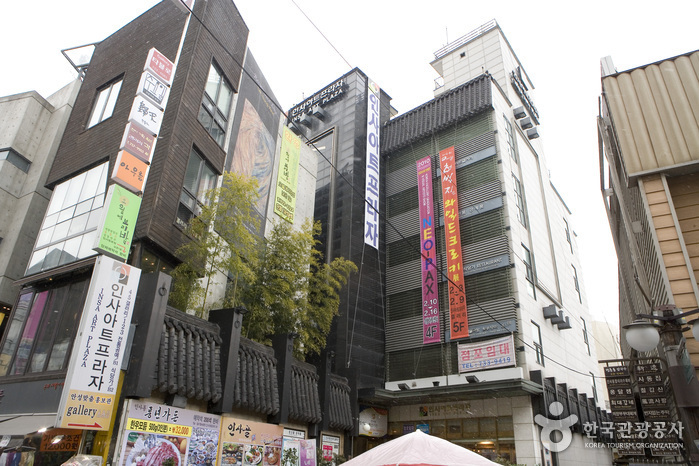
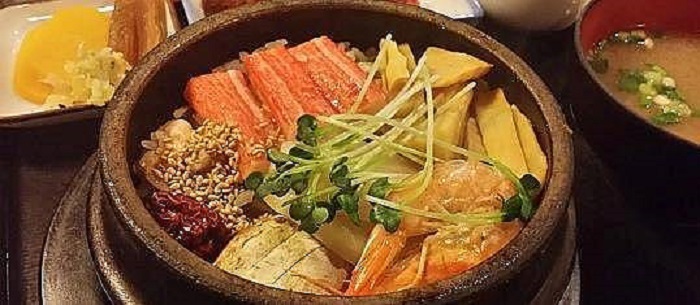
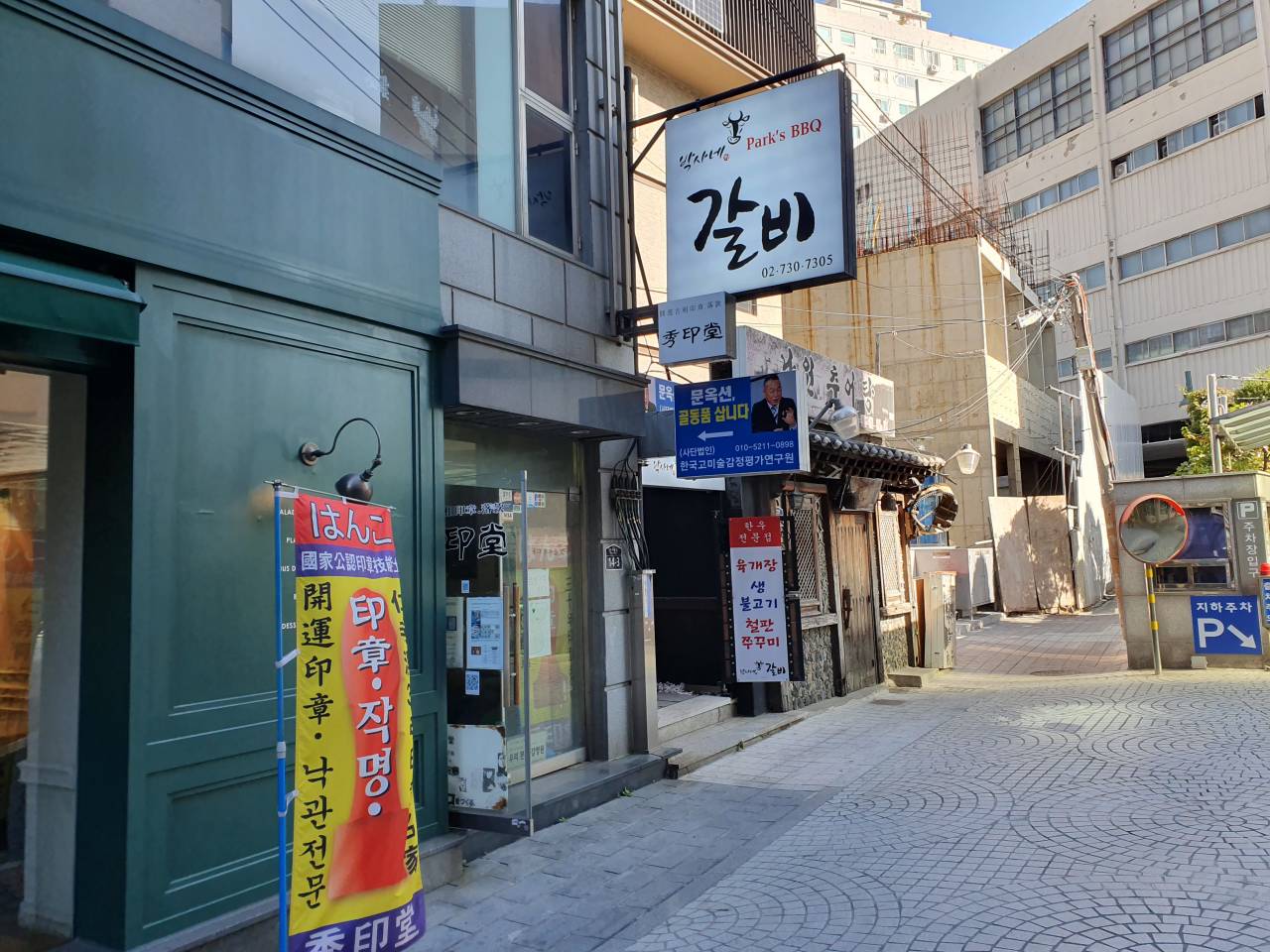

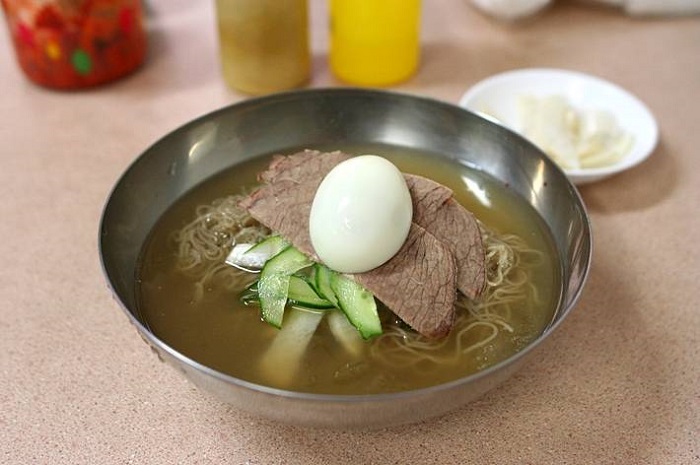
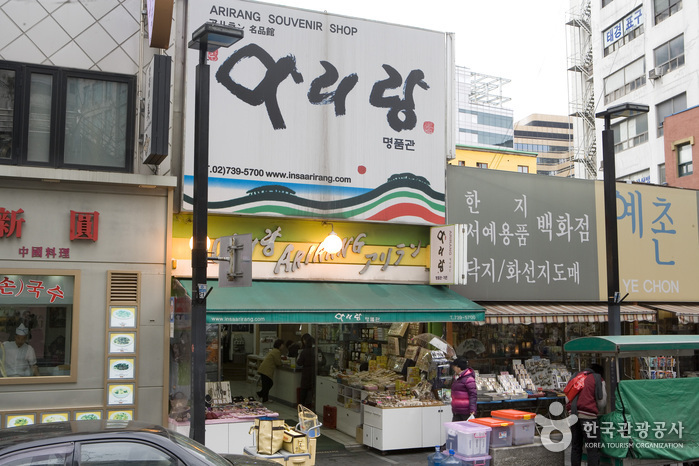
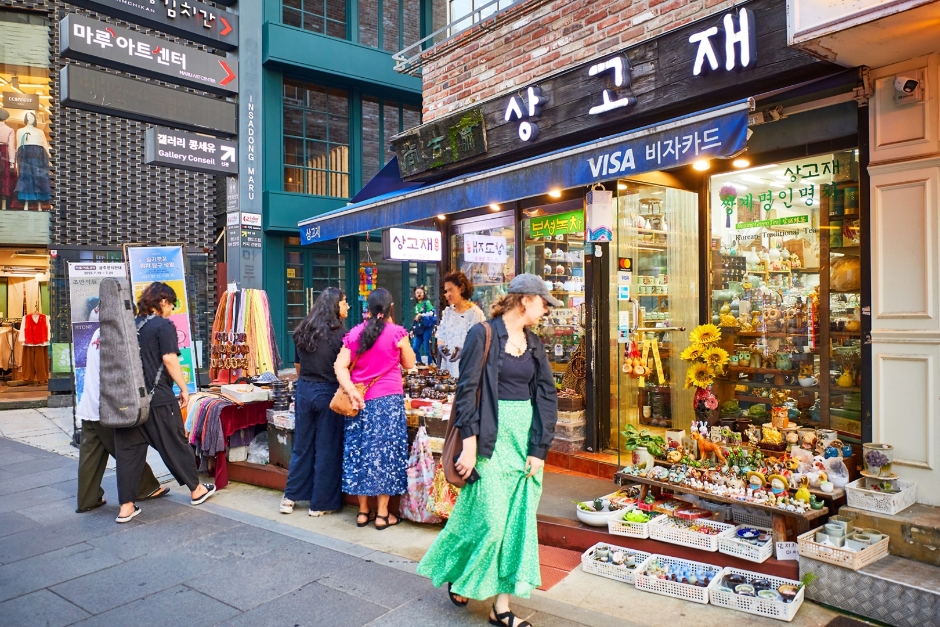
 English
English
 한국어
한국어 日本語
日本語 中文(简体)
中文(简体) Deutsch
Deutsch Français
Français Español
Español Русский
Русский